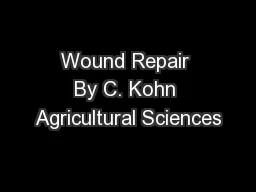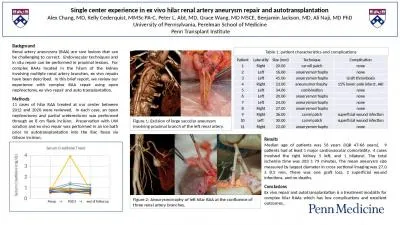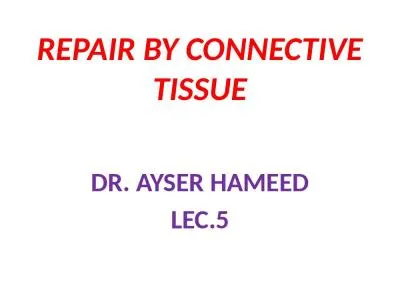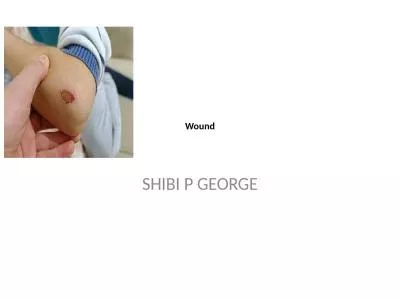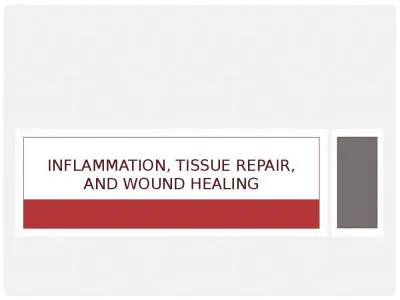PPT-Wound Repair By C. Kohn Agricultural Sciences
Author : tatiana-dople | Published Date : 2018-03-16
Waterford WI A wound occurs when the a break in tissue occurs This can be because of trauma It can also be intentional such as is the case during a surgery There
Presentation Embed Code
Download Presentation
Download Presentation The PPT/PDF document "Wound Repair By C. Kohn Agricultural Sci..." is the property of its rightful owner. Permission is granted to download and print the materials on this website for personal, non-commercial use only, and to display it on your personal computer provided you do not modify the materials and that you retain all copyright notices contained in the materials. By downloading content from our website, you accept the terms of this agreement.
Wound Repair By C. Kohn Agricultural Sciences: Transcript
Download Rules Of Document
"Wound Repair By C. Kohn Agricultural Sciences"The content belongs to its owner. You may download and print it for personal use, without modification, and keep all copyright notices. By downloading, you agree to these terms.
Related Documents

